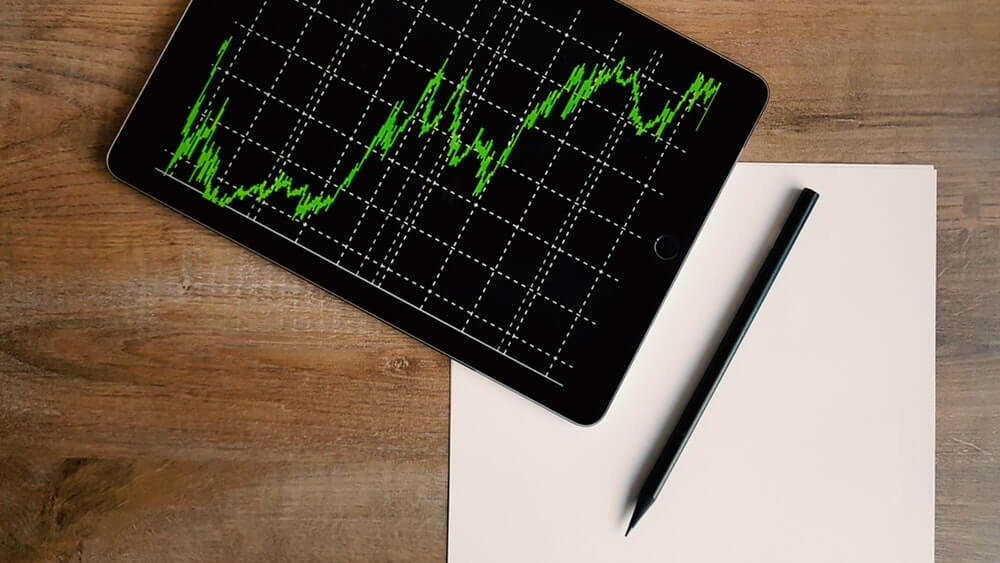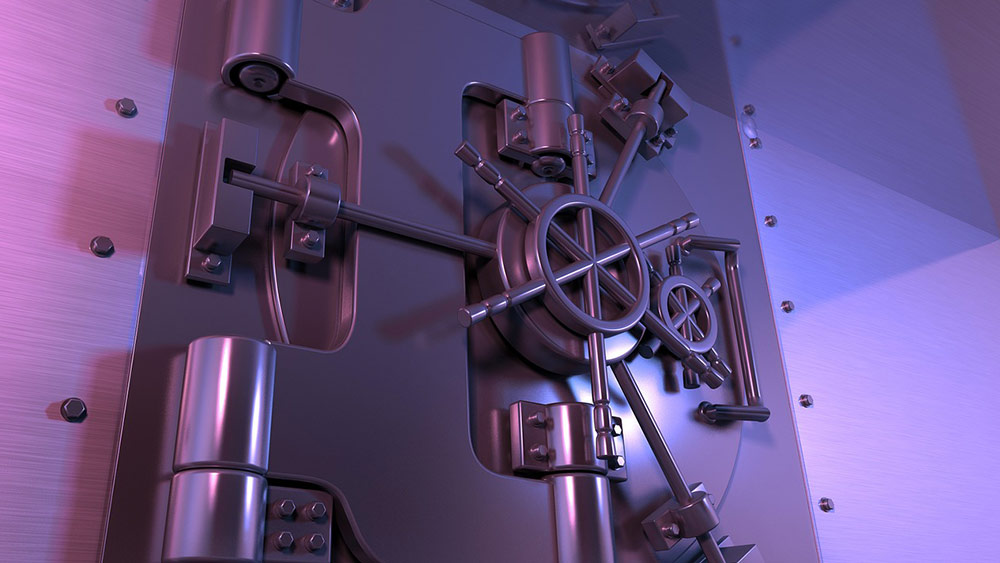Source: DeltaStock
The glare of precious metals has irresistibly drawn humanity ever since we learned how to walk. In the past, gold and silver have been widely used as currencies, to craft anything from intricate jewellery to statues and palaces, and to signify immense wealth and power.
Today, these shiny assets serve an extra function—to protect investments in times of economic turmoil.
If you’re wondering what makes these financial instruments so desirable, how to find out which of them is best suited to your needs, and what are the advantages and disadvantages of investing in them to begin with—you’re in the right place! Without further ado, let’s review the Holy Trinity of precious metals and why they can be a good addition to your portfolio.
Gold
Gold has acquired legendary fame for a reason. For starters, the metal is priced fairly and isn’t easily swayed by high market volatility. This is why gold is often included in various investment portfolios, where it acts as a safety net against potential market inflation or deflation.
Another significant advantage is that the noble metal is still used as a currency, carries a significant weight in the jewelry business, and is used in the making of electronic components and dentistry equipment. Lastly, gold doesn’t rust or corrode.
With that said, the precious metal isn’t as easy to come by as in the past as all accessible nodes above the surface have been mined out. This increased rarity means that the price of the noble metal will probably rise in the long-term on the wings of stronger demand.
This is also why many economists view gold as a measurement of the global economy’s health—as more volatility is introduced into the markets, the value of the noble metal will increase, whereas a healthy economy will send its price lower.
Silver

Source: Unsplash.com | Photographer: Amanda Mocci
Silver has substantially more industrial uses than gold. Some examples include:
– Coins and bars
– Jewellery and silverware
– Food decoration and utensils
– Wind instruments
– Electronics and medical equipment
– Batteries and semiconductors
While the widespread use of silver keeps its market price relatively low compared to that of gold, the asset is also much more vulnerable to volatility spikes.
Platinum
Hailing its name from the Spanish word “platino” meaning “little silver”, platinum has long since proved its worthiness as a malleable and non-reactive metal. Also known as “white gold”, the precious metal doesn’t show any signs of wear, which makes it an extremely desirable commodity for manufacturers of expensive watches and jewellery.
One of the main reasons behind platinum’s rather steep price is that it’s heavily used as a catalyst in the automobile and petroleum industries. Another reason lies in its extreme scarcity—only four mines are responsible for the entire world supply. Typically, the price of platinum is often double that of gold when the markets are stable, and plummets below the yellow metal’s value during periods of weakening industrial demand.
Advantages of investing in valuable metals

Source: Pexels.com | Photographer: Bruce Mars
Now that we’ve looked at some of the more popular precious metals, let’s examine what you’ll gain by adding them to your market portfolio.
Unlike paper-based currency which can be printed on demand and in unlimited quantities, precious metals are a finite resource and so their price cannot be easily inflated. They also carry no credit risk for their owners, which is probably why many see them as a safe haven investment.
When present in your portfolio, silver, gold, and/or platinum can also be a great way to “hedge” your investments. In other words, they could protect your remaining assets from the negative effects of a financial, political, or military upheaval since their prices are much more likely to rise as those of equities, bonds, real estate, and other highly volatile assets fall.
Disadvantages of investing in valuable metals

Source: Unsplash.com | Photographer: Francisco Moreno
Although relatively stable, valuable metals are by no means insusceptible to volatility. As previously mentioned, the value of these commodities generally goes up during an economic crisis, which can be a double-edged sword—while you can potentially generate higher profits, you can also find yourself in a situation where you’ll be hard-pressed to find any actual buyers.
Another risk that gold, silver, platinum and other similar commodities carry is that their value can drastically decline as soon as the markets start showing the first signs of recovery.
And then there’s also the problem with low supply. At some point, demand will surpass the immediately available supply, which would put enormous pressure on the mining companies, drive the prices sky-high, and ultimately make the assets that much harder to sell.
How to invest in precious metals
Here are 5 of the most common methods with which you can add precious metals to your portfolio, depending on your financial goals and the available budget.
Commodity ETFs
Exchange-traded funds are one of the simplest ways for an investor to buy and sell silver, gold, or platinum on the markets. However, there’s a small catch. When you purchase an ETF, you own just a “fraction” of the commodities, so you won’t be able to claim physical ownership on any of the metals included in the fund.
Stocks and funds

Source: Pexels.com | Photographer: Burak K
Investing in mining companies can be a potentially profitable strategy, but one that holds even greater risks given the highly volatile nature of the stock markets. As with ETFs, purchasing shares won’t grant you direct ownership of the assets. Instead, you will own shares of companies that mine the specific metal.
Futures and options
If you plan on placing precious metals at the forefront of your investment strategy, then futures or options might be a good pick due to the high liquidity and leverage that both instruments provide. Of course, with high leverage comes the high risk of losing your investment, so make sure to carefully study your options on the market before committing to either futures or options.
Certificates of ownership
With certificates, you get the full benefits of physically owning the commodities without worrying about any of the logistics involved. However, at the end of the day, certificates are just thin sheets of paper that run the risk of being quickly forgotten in the event of an economic crisis, making them an unreliable investment strategy in the long term.
Physical ownership

Source: Pixabay.com
The main advantage of purchasing the metals directly is that you will own assets that are stored outside of the financial system. This should, at least in theory, leave you with an investment that is better protected against the unwanted effects of sudden market movements.
Depending on your budget, you may either want to look into purchasing coins (suitable for small-scale investments) or bars (suitable for large-scale investments). Popular coins in Europe include gold or silver Eagles or Austrian Philharmonics, while bars are best purchased through vaults approved by the London Bullion Market Association.
Final Thoughts
With news channels and social media constantly flooding us with gloomy predictions of an impending crisis, it can be tempting to put all your eggs in one basket and hope for the best. If you’re thinking of doing just that, consider taking a step back and re-evaluating your strategy as investing in precious metals alone can result in heavy losses if the markets turn against you.
Instead, you should take your time to assess your risk profile, define your financial goals, and invest in precious metals only as a way to hedge your portfolio against sudden market movements. Most importantly, always remember the golden rule to never invest more money than you can afford to lose and to consult a qualified professional whenever you start doubting your decisions.
***
Eager to invest in precious metals, but don’t know where to start? Open a free demo account with €10 000 and put all your financial strategies to the test through a powerful and intuitive trading platform without risking any of your real funds.
